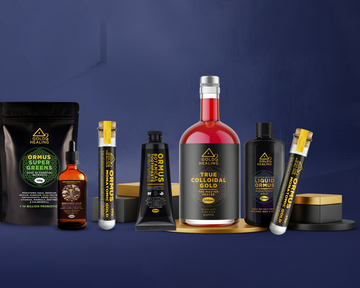1980s
Rearranged Monatomic Elements
The Birth of ORME / ORMUS

Hudson coined the term Orbitally Rearranged Monatomic Elements
(ORME) in the 1980s for these strange substances . According to
Hudson’s claims, these “monatomic” forms of gold, iridium,
platinum, etc., do not form metallic bonds but exist as isolated
atoms or small clusters – and supposedly exhibit
superconductivity, quantum tunneling, and even bioactive effects
at the cellular level . In March 1988, to secure his ideas, Hudson
filed patents on the process of obtaining these materials. He was
granted a UK patent (GB 2219993) in 1989 for a method of producing
“ORMEs” from precious metals . (That patent, often cited in ORMUS
circles, expired in 1993 and was not followed up with recognized
peer-reviewed research .) Hudson’s work connected in his mind to
ancient knowledge – he believed that the mfkzt powder of the
pharaohs, the manna of the Hebrews, and the Philosopher’s Stone of
the alchemists were all actually ORME (monatomic gold) in
different guises . He even corresponded with physicist Hal Puthoff
to discuss the theoretical basis; Puthoff allegedly explained that
in certain conditions these monatomic elements could resonate with
vacuum energy and “disappear” from our space-time – which Hudson
took as validation of the powder’s weight-loss and
flash-disappearance behavior.






















